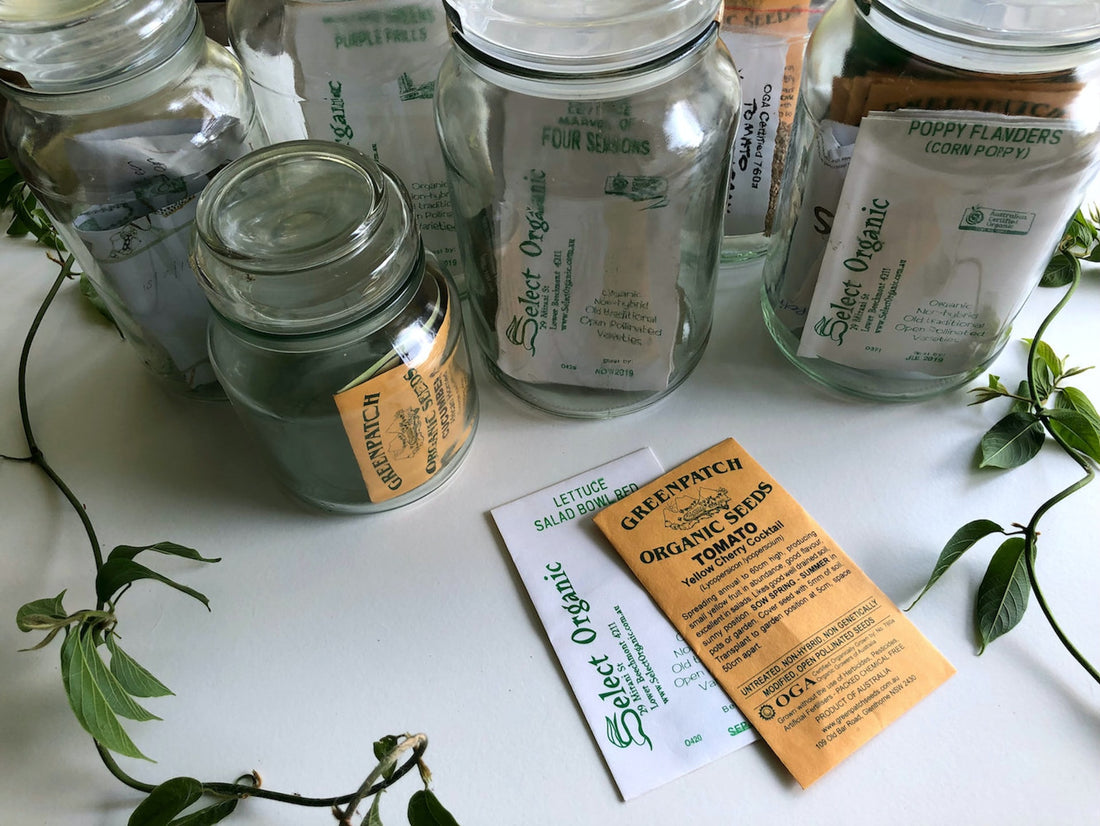Planting dates are tricky because there are so many variables that need to be considered. For example, location, climate, growing season length, and seed variety will affect when you plant. Nothing is more devastating than working hard on your garden only to have it fail because the vegetables you chose aren't suited for your environment.
Climate and Location
There are 11 different planting zones in the continental United States, as determined by the USDA. They are referred to as hardiness zones and are divided according to the average minimum cold temperature. Each zone is 10 degrees F colder (or warmer) in an average winter than the adjacent. Zone 1 is the coldest, and Zone 11 is the warmest.Before you start any planting, you need to know what zone you are in and the length of your average growing season. All seed packets have their hardiness zone listed.
Once you know your zone, you can choose vegetables that have enough time to grow to maturity in your climate. You can also choose varieties of vegetables that are meant specifically for your growing zone. For example, a variety of tomatoes with a shorter maturation period is better for cool climates.
The zone data will inform you of the average first and last frosts for your region. This information is vital for determining the best dates to start your garden and when you can expect the growing season to be over.
Knowing your zone can prevent mistakes, like planting cold-loving plants late or planting heat-loving plants early. It can also help you provide optimal growth conditions for your plants.
Microclimates
A microclimate is the climate of a small or confined area that differs from the environment around it. Microclimates exist in every garden. For example, two gardens separated by a wall in your yard will find the side that faces the south much warmer than the one that faces the north.Local terrain, including slopes, hillsides, mountains, valleys, and forests, can change your garden's climate. Your microclimate can be very different from your neighbors even. Understanding your microclimate requires studying your garden area. Pay attention to the particulars of your land, make yearly notes of your own first and last frosts, and test out vegetable varieties and planting dates to see what does and does not work.
Gardening is an exercise in patience and is ever-changing. That's one reason folks love gardening; it's never dull, that's for sure! From one year to the next, the weather won't be precisely the same. However, if you have a basic understanding of the best planting dates and how to plan for them, you're that much closer to a productive and thriving garden.



